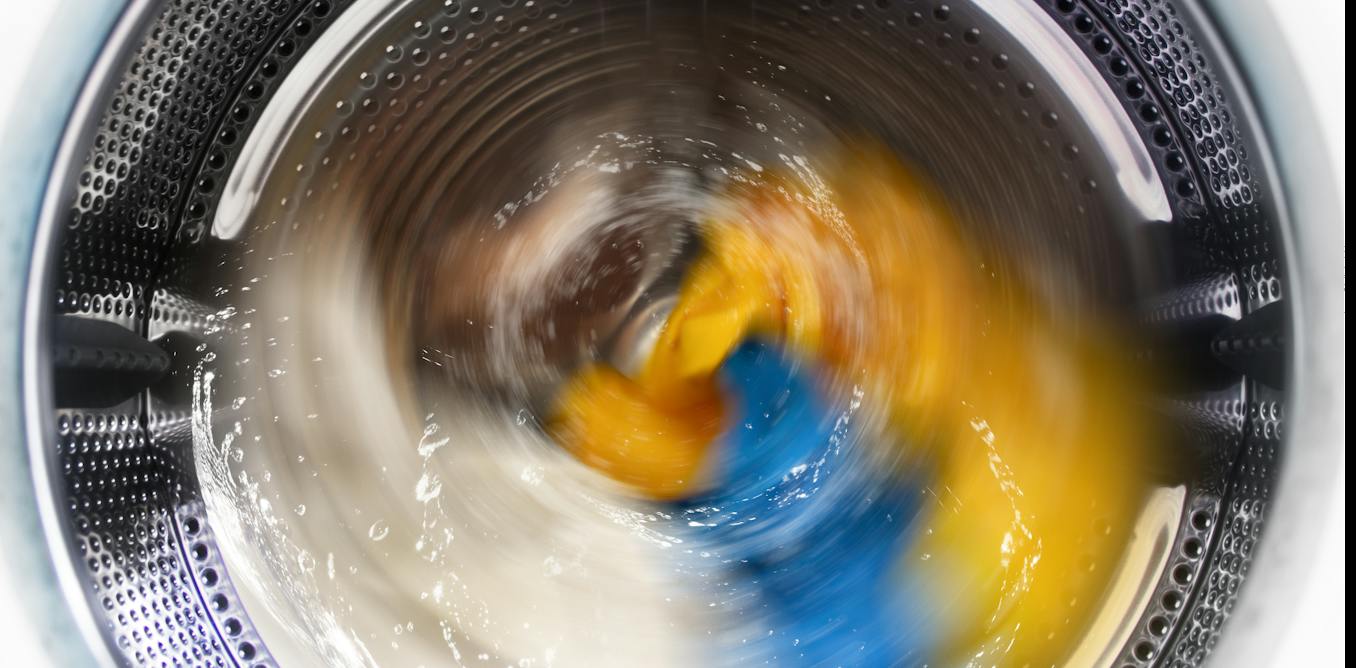The most common microplastics in the environment are microfibers—plastic fragments shaped like tiny threads or filaments. Microfibers come from many sources, including cigarette butts, fishing nets and ropes, but the biggest source is synthetic fabrics, which constantly shed them.
Textiles shed microfibers while they are manufactured, worn and disposed of, but especially when they are washed. A single wash load can release several million microfibers. Many factors affect how many fibers are released, including fabric type, mechanical action, detergents, temperature and the duration of the wash cycle.



No, I was engaging you comment to point out your singular perspective and privilege and now you’re upset about it.
I’m done now though. You’re either a corporate shill who’s literally doing what the original commenter stated or someone who just has this need to feel superior. Either way I’ve spent enough of my time on you.
Oh so you came in to argue an incorrect point on fabrics being attainable at any price point, specifically to privilege shame? And your definition of privileged is anyone that can buy clothes, regardless of frugality, and asserting that buying lo get lasting clothes is a good thing (which I did) just re-emphasizes how overtly privileged I am?
Cool, so you’re just an asshole. Got it.